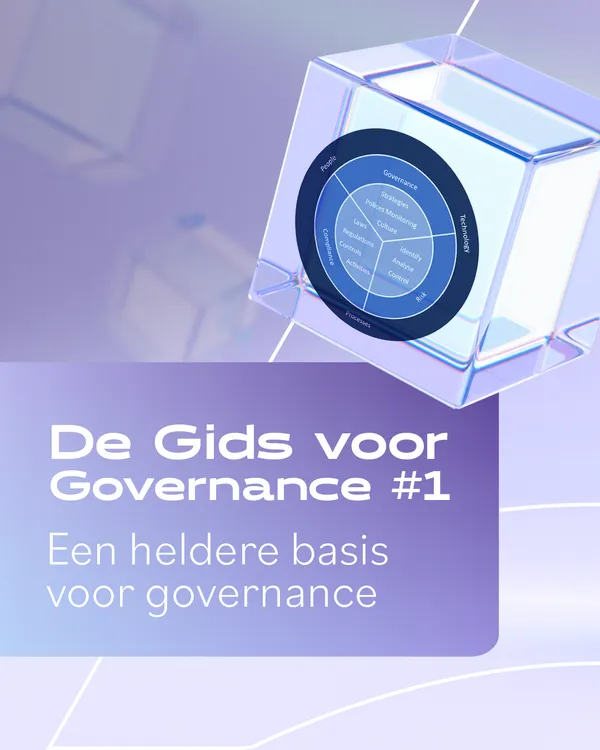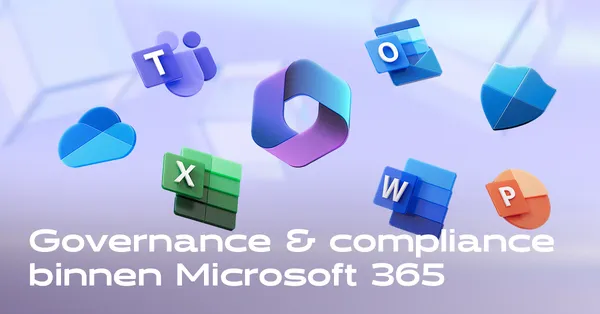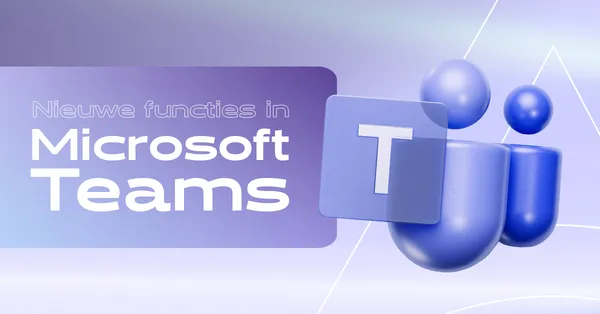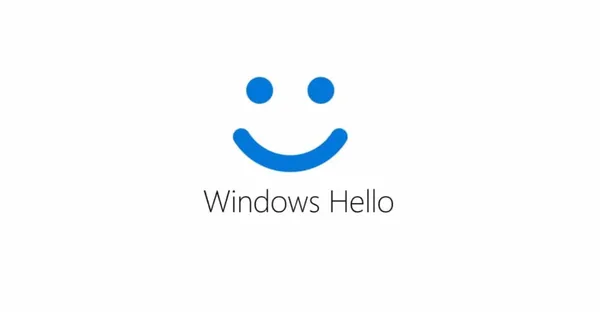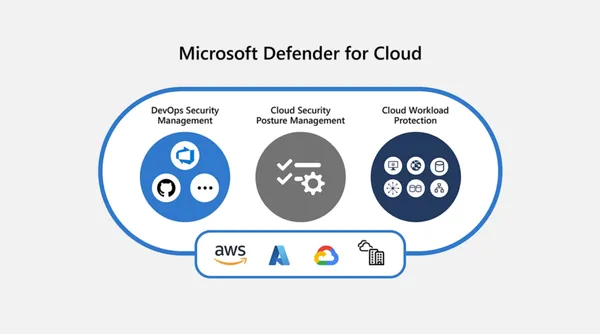
Knowledge base
December 01, 2021
What is Microsoft 365? Everything you need to know!
What is Microsoft 365? Everything you need to know about Microsoft’s subscription service for Word, Excel, PowerPoint, Outlook, and other services and applications.
- Microsoft 365 is a subscription service that brings together the latest Office desktop apps with cloud apps and services such as file storage, security, collaboration and productivity, including Microsoft Teams, Lists, SharePoint, Exchange, Planner, OneDrive and many more.
- Microsoft 365 is available in subscriptions for personal users, families, businesses, and large enterprises.
- Microsoft 365 includes apps and services formerly known as Office 365.
What is Office 365?
Office 365 is a Software as a Service (SaaS) product from Microsoft that provides subscribers with the Microsoft Office desktop apps for Windows and macOS, and online business services such as Microsoft Teams, SharePoint, OneDrive for Business, and Exchange Online.
Microsoft 365 was branded on July 10, 2017. It originally consisted of Office 365, with Windows 10 Enterprise, and licensing and other cloud-based security and device management tools and products.
What is Microsoft 365?
Microsoft 365 is a subscription service that includes the Microsoft Office applications, online business services included in Office 365, such as Exchange Online and SharePoint Online, cloud storage, and other collaboration and productivity applications such as Microsoft Teams, Microsoft Lists, and Planner. It also comes with optional features such as a Windows 10 Enterprise license and a suite of enterprise security and management apps, the Enterprise Mobility + Security (EMS).
What is one of the key benefits of Microsoft 365? All subscriptions are automatically kept up-to-date, which means a huge change in the way we use conventional, licensed applications.
What services are available in Microsoft 365?
The number of applications included in Microsoft 365 is huge. This may include, for example, the following applications and services, depending on the subscription you choose:
Microsoft Word
Microsoft Excel
Microsoft PowerPoint
OneNote
Microsoft Outlook
Publisher
Access
sway
Yammer
SharePoint
Exchange
Microsoft Teams
planner
Staff Hub (Shifts)
Power BI
Forms
Stream
flow
PowerApps
Microsoft Bookings
Microsoft ToDo
Exhcange Online
Microsoft has been in the email server infrastructure for 30 years. Since Microsoft Mail was launched in 1991, email has been flowing through their server infrastructure. Today, a vast majority of organizations are moving to or already based on Exchange Online, a cloud-based service hosted by Microsoft.
Exchange Online is based on the same technologies as the on-premises Exchange servers. There are hybrid implementations that are still very popular. The hybrid deployments enable organizations to run their email migrations at their speed.
SharePoint Online
SharePoint has been around for more than 20 years. Historically, SharePoint was primarily used as a document management and storage system. However, it is really central to the core of Microsoft 365.
SharePoint Online is what keeps Microsoft Teams together. Again, like Exchange, it started as an on-premises solution and has moved to SharePoint Online. SharePoint Online also has the added benefit of not having to maintain your on-premises infrastructure.
OneDrive for Business
In the beginning, OneDrive was known as Windows Live Folders, then Windows Live SkyDrive, and eventually it settled on SkyDrive and in 2013 after a lawsuit by UK broadcaster Sky it became OneDrive.
OneDrive for Business is a cloud storage solution that allows users to store information such as files and personal data. Windows settings, BitLocker recovery keys, can all be stored in OneDrive. And it ensures that this information can be synced across a user’s devices, such as Android, iOS, Windows PCs, and Macs.
Microsoft Teams
Microsoft Teams was launched in March 2017 and builds on all cloud-based services in Microsoft 365. Teams is mainly based on three core components for the collaboration aspects, which are Exchange Online for message storage, SharePoint Online for channel and team storage, and OneDrive for Business for sharing files with another person.
The calling mechanism uses the Skype for Business infrastructure. During the COVID-19 pandemic, Teams has gained a lot of interest as many meetings and events have moved to virtual or hybrid environments. By 2021, Teams will have more than 250 million monthly users and more than 145 million daily users.
Yammer
Yammer was launched in September 2008 and purchased by Microsoft 2012 as a business social networking service. Yammer provides private communication within organizations in the form of a social network, similar to Facebook, but for enterprises.
By the nature of its design, Yammer is a closed platform. Yammer enables communication with a corporate domain and only domain users have access. Yammer is available exclusively to business users using a Microsoft 365 Enterprise subscription.
Other services – Intune, Power Platform, Scheduler, Lists, Bookings, Publisher
Other services that make up Microsoft 365 include Word, Excel, PowerPoint, OneNote, Publisher, Access, Sway, Planner, StaffHub, Shifts, Power BI, Forms, Stream, Flow, PowerApps, and Bookings.
Securing accounts and content
Microsoft 365 leverages the security aspects of other parts of the Microsoft security stack, including things like Azure Active Directory (Azure AD); Enterprise Mobility + Security, including Advanced Threat Analytics, Azure Information Protection, Cloud App Security, and Microsoft Intune.
Risky Azure AD logins, multi-factor authentication, and passwordless login
Microsoft uses a variety of technologies to manage and protect the information within Microsoft 365. The first place to protect Microsoft 365 data is with the identities of the users who connect to the service. Microsoft emphasizes that it analyzes more than 6.5 trillion signals per day and helps protect customers from threats.
Microsoft has different levels of Azure AD (Free, P1, and P2) that offer more and more solutions and layers of protection. For example, Azure AD Premium provides multi-factor authentication, risk policies, security reports, and notifications about a weekly update, as well as users flagging a detected risk.
Azure Information Security
Azure Information Protection (AIP) is part of the Microsoft Information Protection (MIP) suite. AIP is a cloud-based solution that helps organizations classify, discover, and protect content whether it’s email, documents, and wherever it resides within Microsoft 365. AIP works by configuring policies to classify, label, and protect data based on its sensitivity.
The data is always protected, regardless of where the content is stored or with whom the information is shared. Similarly, Microsoft provides the option to enable logging and reporting to monitor, analyze, and review the data. An important aspect is that the data is there to work securely with colleagues, customers and partners. The organization can control who has access to the data and what they can do with it.
Which desktop apps are included in Microsoft 365?
The major difference between a one-time Office purchase and a Microsoft 365 subscription is that the organization gets the latest version of the Microsoft Office suite apps such as Excel, Word, PowerPoint, and Outlook. Included with the Microsoft 365 subscription is that you always get the latest features, security updates and new tools installed. In addition, the users get access to Access and Publisher.
Which Microsoft 365 subscription is right for your business?
Microsoft 365 comes in 13 different flavors. All of these have met different requirements. The most common plans are Microsoft 365 Business Standard and Premium, which are tailored for organizations with 300 users or fewer.
Greater than this is considered a business customer and is using a Microsoft 365 E3 or Microsoft 365 E5 subscription.
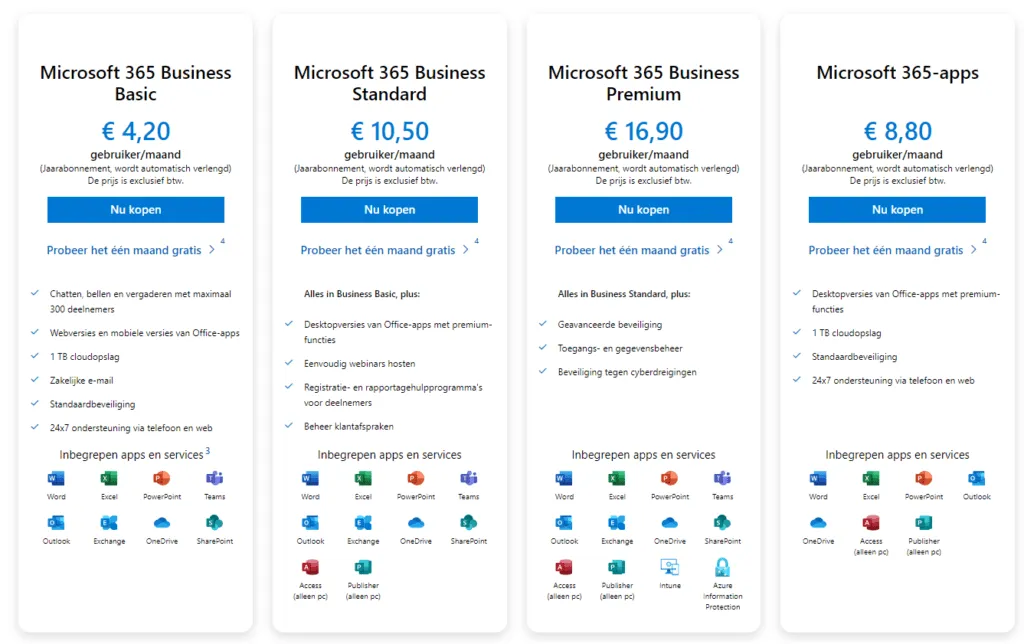
Microsoft 365 plans and pricing
You can find more information about all Microsoft 365 plans and pricing on the Microsoft website.
· Microsoft 365 Business Basic – For €4.20 user/month, Business Basic offers organizations everything you need for remote working, including Microsoft Teams, secure cloud storage and online versions of Microsoft’s Office apps.
Microsoft 365 Business Standard – €10.50 user/month brings everything from Business Basic, but you also get business email and access to the desktop versions of Microsoft Office apps, such as Outlook, Word, Excel, PowerPoint, Publisher and Access .
· Microsoft 365 Business Premium – €16.90 user/month is the most expensive business plan and you get everything from Business Basic and Business Standard, as well as cyber threat protection and device management capabilities.
· Microsoft 365 Apps for Business – €8.80 user/month is for organizations that only want access to the latest desktop versions of the Microsoft Office apps. This subscription does not include business email or Microsoft Teams.
How to manage Microsoft 365
Different aspects are managed in different ways. For example, user management, licenses and domain setup are done via the traditional Microsoft 365 Portal. But for other aspects that require more in-depth configuration, an admin center is required. PowerShell can complete any available task within Microsoft 365.
Microsoft 365 portal
Microsoft 365 portal is the landing site and where the initial configuration is completed. This may include tasks such as purchasing licenses, adding and removing users, role management, password management, billing, reports, support/service requests, and general health settings.
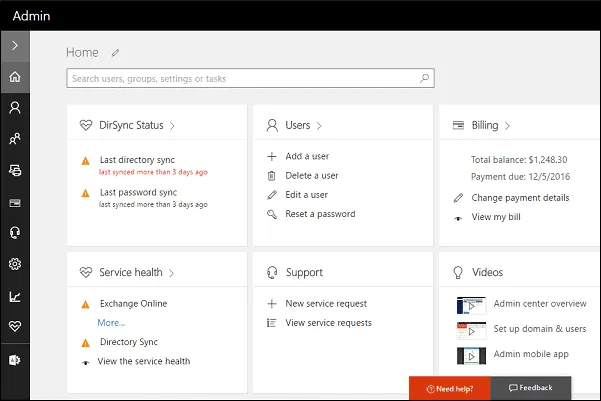
Admin Center
Admin Center include:
- Security
- Compliance
- Endpoint Manager
- Azure Active Directory
- Exchange Online
- SharePoint Online
- Office Configuration
- Power Apps
- Power BI
- Stream
- Teams
- Yammer
That’s a lot! These new admin centers are all unique and always updated for the new functionality that Microsoft is rolling out to Microsoft 365.
PowerShell
PowerShell is the collective name. PowerShell is a command line shell and scripting language. All admin center tasks are completed in PowerShell, they are just the graphical user interface (GUI).
There are many aspects where the Admin Center can complete 80% of the possible requests we have on Microsoft 365, but PowerShell will be able to provide 100%.
source: petri
Want to know more?

Related
blogs
Tech Updates: Microsoft 365, Azure, Cybersecurity & AI – Weekly in Your Mailbox.

